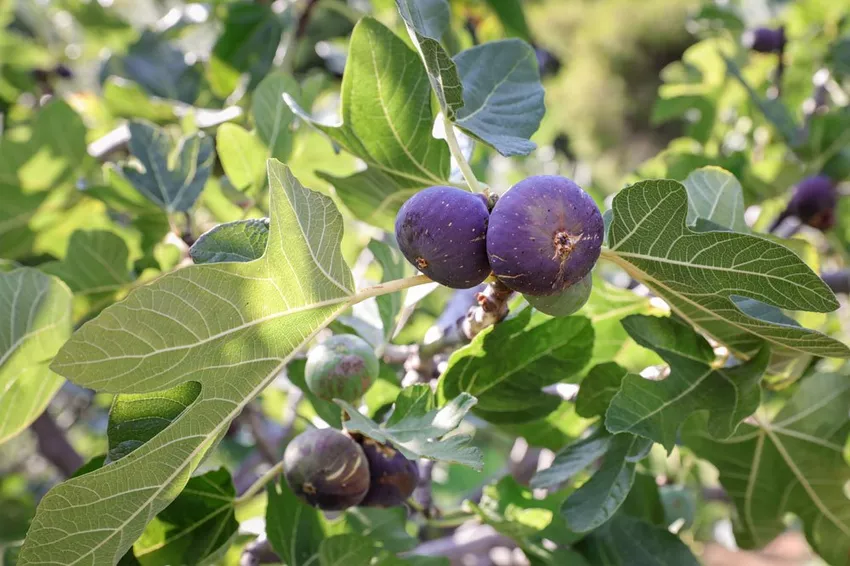Fig trees are very hardy and fairly easy to care for. However, sometimes they have to be cut. Here we explain when and how.
 It is believed that the fig gained such a high value in the history of Roman culture because it reflected the desired image of the Roman Empire: strength, robustness, endurance. The fig still demonstrates these attributes in this country today. The fig tree no longer only grows well in the Mediterranean region, but also thrives relatively easily in Germany. It has enough toughness against the cold, can absorb nutrients from the soil in a variety of conditions, and takes a wrong cut less than the smaller versions of the Ficus family.
It is believed that the fig gained such a high value in the history of Roman culture because it reflected the desired image of the Roman Empire: strength, robustness, endurance. The fig still demonstrates these attributes in this country today. The fig tree no longer only grows well in the Mediterranean region, but also thrives relatively easily in Germany. It has enough toughness against the cold, can absorb nutrients from the soil in a variety of conditions, and takes a wrong cut less than the smaller versions of the Ficus family.
Finally, the fig tree doesn't need to be pruned annually to thrive. It does need to be tended to give the shoots room to grow, but not necessarily cut back.
How to cut the fig
The actual pruning of a fig in the garden is limited to the shoots that grew in the previous year, which hinder each other's growth. You should thin out these branches at the beginning of spring and cut them off with sharp pruning shears. The best period for this pruning is between February and March. However, it makes sense if you choose a time when there is no current danger of night frost and before the figs sprout new branches. This allows the interfaces to recover over the warm months so that the tree does not have any weak points next winter.
Pruning in autumn, however, is not recommended. The tree is then weakened at the cutting points, so that an early frost can definitely lead to damage.
Pruning for a beautiful growth
You certainly want the fig to grow well. It is therefore advisable to observe the tree throughout the year. In late summer and autumn, mark branches and twigs that you think are interfering with growth or that interfere with each other. You can use e.g. spray paint for marking. Start observing from the bottom of the figand gradually work your way up. This is exactly the order you select when cutting later.
But beware: Although the fig tolerates a very radical pruning in spring, you should leave two-year-old shoots on the tree if possible. Otherwise the tree will produce fewer or no fruits.
If you want a radical pruning or if the fig tree only turns green on the outside while the shoots and branches become woody on the inside, you should do the pruning about every five or six years.
A little tip:
You can propagate the fig tree from the cut branches. Find out how here.
Pruning back in case of frost damage
Although the fig tree has established itself in this country, frost damage can occur in very cold winters. The danger also exists when there have been heavy storms in summer or autumn and the fig has been damaged by the wind. The frost now has an easy time at the damaged areas and can lead to the death of branches and twigs. Young shoots are particularly at risk.
You can recognize frost damage by dead wood that no longer supports any shoots or leaves. Carefully remove these branches and twigs in spring. When trimming, however, leave a small residual stump of the wood. The fig often manages to form new shoots from this stub, so that the growth appears even.